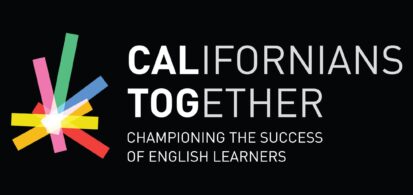The following is an excerpt from “Revisiting California’s Expanding Bilingual Teacher Shortage: Addressing Immediate Shortfalls in Early Childhood Education”, the first installment of a comprehensive six-part series on a multitude of considerations for supporting Dual Language Learners in California.
As the state advances towards its language proficiency targets, it is grappling with an escalating demand for bilingual educators, particularly in early childhood education (ECE). In California, roughly 60% of children aged 0 to 5 reside in homes where languages other than English are spoken. These young learners, commonly referred to as dual language learners (DLLs), hold the potential to become fluent in multiple languages. Research underscores the significant benefits of supporting biliteracy development in early childhood programs, including enhanced cognitive development, improved language proficiency, and increased academic achievement. To ensure that DLLs receive the highest quality education and to help California realize its linguistic objectives, there is an urgent need to recruit, prepare, and retain a substantial cadre of highly qualified bilingual educators ready to teach in transitional kindergarten (TK) and other early childhood settings.
In 2021, California made historic changes to its early learning system by committing to universal preschool for all 4-year-olds by 2025–26. This commitment encompasses various early learning initiatives, including transitional kindergarten (TK), the California State Preschool Program (CSPP), Head Start, community based providers, and expanded learning opportunities. Among these programs, TK stands out as the only preschool program that is both tuition-free and universally accessible within the state’s public education system. Administered by local education agencies (LEAs), TK currently serves all 4-year-olds who reach the age of 5 between September 2 and April 2, with plans for further expansion to encompass all 4-year-olds by 2025-26.
A recent publication from the Learning Policy Institute estimated that in the academic year 2025–26, more than 300,000 children in California are likely to enroll in TK programs (Melnick, García, & Leung-Gagné, 2022). In this report, they projected that, in order to accommodate this burgeoning demand, school districts will need to hire between 11,900 and 15,600 additional lead teachers by the 2025–26 academic year. The realization of this potential, however, is intricately linked to the availability of well-prepared bilingual early childhood education teachers. Alarmingly, during the 2020-21 school year, just 1,116 teachers received their bilingual authorization in K-12 education (California Department of Education, 2023). While there are presently no available data sources that delineate how many of these teachers intend to work in early childhood classrooms, the urgent need to address the bilingual TK teacher shortage is abundantly clear.
References
Melnick, H., García, E., & Leung-Gagné, M. (2022). Building a well-qualified transitional kindergarten workforce in California: Needs and opportunities. Learning Policy Institute. https://doi.org/10.54300/826.674
